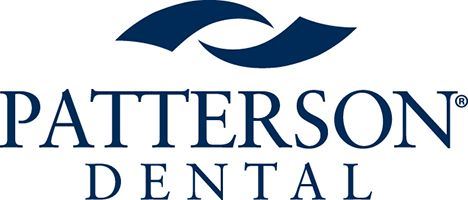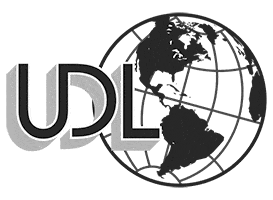Dr. Steve Sadowsky
Lecture Synopsis
When osseointegration was introduced to North America in 1982, it was a disruptive breakthrough that radically changed the landscape of patient treatment planning. As with any innovative discovery, the process of heuristics has led to false assumptions. In this case, the core belief was implants are like teeth, but without a PDL. Confirmation bias has buttressed this theory as well as “conventional wisdom.” The impact of such a case of mistaken identity has been implant overtreatment. Drawing on evidence rather than intuition, the following questions need to be addressed: When three teeth are missing,
should we place one implant per tooth, or could we place two implants to support a fixed partial prosthesis or even a cantilever prosthesis? Are short implants a viable option, even when the crown to implant ratio is up to 2 to 1? Should adjacent implants be splinted to preserve marginal bone? Can tilted implants be used to circumvent sinus augmentation? Do narrow implants have a place in the posterior arch as well as in the anterior sextant? When considering screw-retained or cement-retained implant restorations, what are the guidelines for optimal design? In addition, understanding histologically that teeth offer a far more robust defense system to a biological threat than their root analogues, it is important to explain why peri-implant disease is so ubiquitous and refractory to treatment. Here another novel intervention is needed to improve the success of Branemark’s brainchild.
Learning Objectives
- Debunk the myth that implants are similar to teeth
- Elucidate evidence-based implant treatment planning and clinical protocols
- Understand how to minimize peri-implant disease
- Consider a novel approach for peri-implantitis
Evidence-based Implant Restoration of the Completely Edentulous Patient
Presentation Abstract
For the edentulous patient, fundamental principles of complete denture prosthodontics serve as the basis for differential treatment planning both fixed and removable implant prostheses. Understanding the relevant extraoral and intraoral landmarks to assess where the teeth once were is essential for esthetic, phonetic and occlusal harmony. Both clinician- and patient-mediated considerations dictate the optimal implant prosthesis. There is a myriad of prevailing myths regarding the implant overdenture treatment modality that will be dispelled. The complete arch fixed implant prosthesis has evolved from an analogue workflow to a digital one with stackable guides that have improved the accuracy and efficiency of the surgical and interim restorative process. However, chronic maintenance problems with traditional prosthetic prototypes have given rise to innovations in materials processed with subtractive or additive manufacturing. The advance of polyjet 3D printing of a novel high-performance polymer offers a polychromatic monolithic prosthesis to the digital restorative menu.
Learning Objectives
1. Review complete denture principles considering esthetic and functional harmony
2. Understand differential treatment planning of fixed and removable implant prostheses
3. Debunk the myths pervasive with implant overdenture rehabilitation
4. Discuss evolution of innovative materials and process for the complete arch fixed implant prosthesis
Biography
Dr. Sadowsky was a full-time professor as Implant Director in the Department of Preventive and Restorative Dentistry at the University of the Pacific Arthur A. Dugoni School of Dentistry, from 2010-2024, and in 2025 was accorded Professor Emeritus. He was in full-time private practice limited to prosthodontics for 35 years. Dr. Sadowsky is past-president of the American Prosthodontic Society and past-president of the Pacific Coast Society for Prosthodontics, as well as fellow of the Academy of Prosthodontics and the American College of Prosthodontists. He has founded and is the president of the Pacific Coast Society for Prosthodontic Foundation. He has directed the American College of Prosthodontists Annual Review Course for 5 years and awarded their Presidential Citation in 2016. He is a life diplomate of the American Board of Prosthodontists. Dr. Sadowsky is Abstract Editor of the International Journal of Prosthodontics and has been appointed to the Editorial Council of the Journal of Prosthetic Dentistry. He has published over 50 articles in peer-reviewed journals, mainly on implant dentistry. He was honored at Loma Linda University as their 2018 recipient of the Ken Wical Award for Excellence in Prosthodontics. He was a visiting scholar at Stanford University in the Jill Helms Research Laboratory (2018-19). Dr. Sadowsky has edited a book titled Evidence-based Implant Treatment Planning and Clinical Protocols and has been invited to author chapters in textbooks on implant prosthodontics. He was inducted into the Tau Kappa Omega Honor Society for his teaching acumen in 2020. In 2021, the American College of Prosthodontists selected him for the Distinguished Service Award. In 2022, Dr. Sadowsky’s article, “Are Teeth Superior to Implants” was selected for the Journal of Prosthetic Dentistry’s Judson Hickey Award in the category for best research article of the year.



